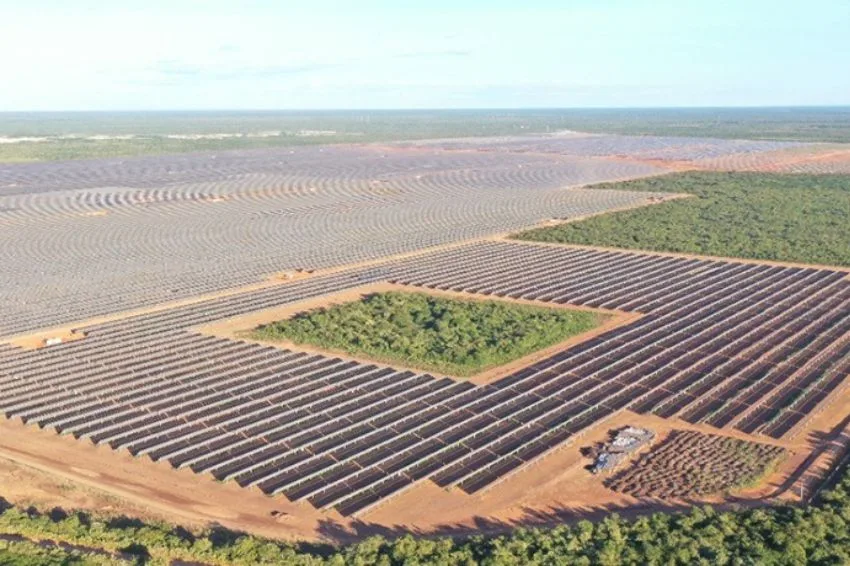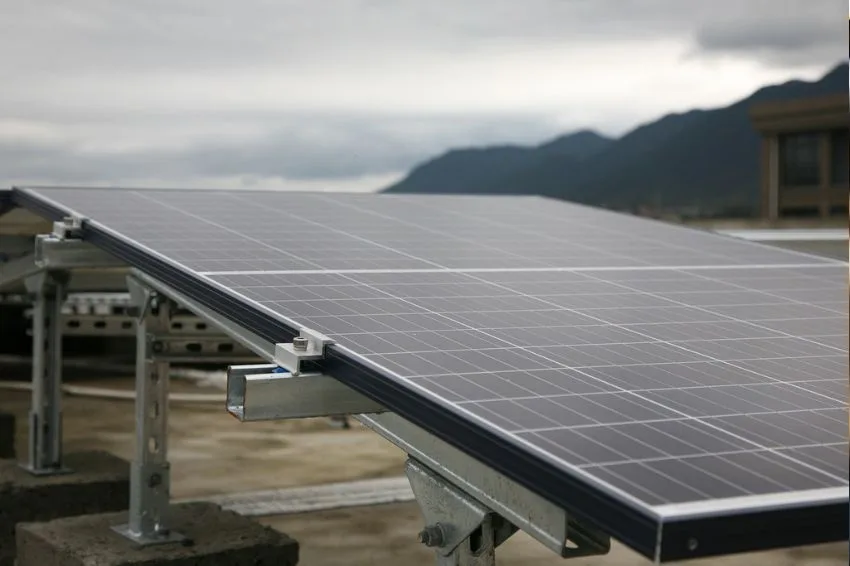Even in a scenario of economic crisis caused by the Covid-19 pandemic, the accounts of the country's main electricity distributors showed almost billion-dollar profits, according to balance sheets released by the companies themselves over the last few weeks.
Grupo Energisa, for example, announced last Thursday night (13) that it achieved a consolidated net profit of R$ 873.3 million in the first quarter of this year. This is a growth of 50.1% compared to the same period in 2020.
Another distributor that recorded large revenues in the first quarter was CPFL Energia, with a net profit of R$ 961 million and an increase of 6.3% compared to the same period of the previous year. The result was achieved, above all, due to the company's good performance in wind energy generation and the recovery of energy sales in the concession area.
Copel also saw its net profit rise. There were R$ 795 million in the first three months of the year, an increase of 55.6% compared to the same period in 2020, according to a document sent by the company to the market on May 7th. Disregarding the entity’s “Discontinued Operation”, the figure drops to R$ 759.2 million, an increase of 50.5%.
Distributor Equatorial Energia, in turn, made a profit of R$ 401 million in the first quarter and achieved an increase of 7% compared to the same period of the previous year. The balance sheet is contained in the document sent by the company to the market last Wednesday (12).
Among the large distributors surveyed by Solar Channel, Enel-SP was the only one that showed a drop in profits when comparing the first quarters of 2021 with 2020. Even so, only in January, February and March of this year R$ 136.5 million were net collected by the company. In 2020, the value was 12% higher (R$ 155.2 million).
According to ANEEL (National Electric Energy Agency), the public electricity distribution service is carried out in Brazil by concessionaires, permission holders and designated companies. Currently, the country has the operation of 52 concessionaires, 52 permissionaires and one designated, totaling 105 agents operating in the distribution market, between the public, private and mixed economy sectors.
Analysis of the numbers
In the opinion of Bernardo Marangon, a specialist in the electrical energy markets sector, the balance sheets presented by the distributors show that the companies are healthy and their accounts are well balanced, despite the pandemic.
According to him, the fact that they continue to obtain positive balances during this period shows how well they are protected by regulation. “This is not absurd, because in other countries the distribution model operates within the principle of natural monopoly”, he explained.
“So, that’s why there are tariff adjustment and review mechanisms. Despite the natural monopoly, ANEEL seeks to create competition between distributors in the search for more efficiency and quality in the distribution service. But, at critical moments, where there are risks, ANEEL also looks for ways to protect these institutions”, highlighted Marangon.


















One Response
the concessionaires may be fine with their finances, but it is the population who are paying for it;
the concessionaires should invest more in energy generation so that its consumption increases, allowing the population to modernize their homes and, yes, make a profit with the increase in consumption and not with an increase in costs for the population...with an energy cost cheaper “residential”; This is another point, while the industry and transport sector which are the largest consumers of energy (60%) and pays less than R$0.50 cents per kWh, the residential sector which consumes 9% of the energy produced pays R$ 1.34 per kWh (green flag) on the red flag it is R$ 9.40 kWh; exploitation with those who cannot complain or defend themselves from this abuse, so it is easy to make a profit